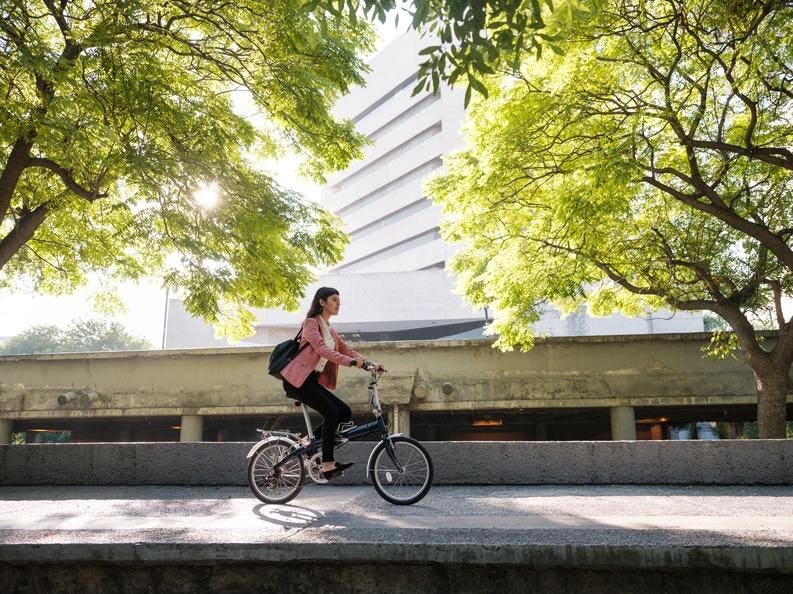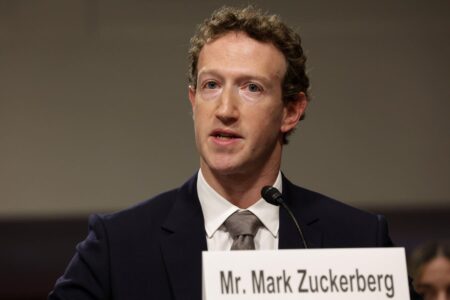Yermys Peña, CEO of Construger, driving innovative, sustainable construction developments.
Cities are not merely collections of buildings and roads; they are dynamic ecosystems where human interactions, cultural values and collective aspirations converge.
In this context, those in charge of planning communities, like architects, urban planners and developers, bear the responsibility of designing spaces that go beyond functionality to become catalysts for economic growth, social inclusion, environmental sustainability and cultural vitality.
Building Cities That Connect, Not Divide
Recently, I encountered a mixed-use project in the Dominican Republic that required balancing rapid urban development with the creation of meaningful public spaces. In a growing city center, stakeholders were prioritizing commercial expansion, but it became clear that neglecting accessible green spaces could undermine community connections that would ultimately support these commercial endeavors.
By advocating for the inclusion of parks and pedestrian-friendly areas, we demonstrated how thoughtful design could enhance both social cohesion and property values, showing that profitability and sustainability can go hand in hand.
Cities are arenas where relationships are built, identities are shaped and daily activities unfold. However, I see too many urban development models prioritize short-term profitability, often sacrificing inclusivity and long-term sustainability. This can lead to fragmented environments that hinder equitable access to resources and limit meaningful connections between people and their surroundings.
Balancing Profitability With Community
A clear example is rapid urban growth that neglects the planning of meaningful public spaces, resulting in disconnected and unequal communities. To change this narrative, I believe business leaders must adopt approaches that balance immediate profitability with long-term collective impact.
But this leads to a constant challenge for developers and other business leaders: Balancing the demands of short-term profitability with investments in long-term sustainable development.
I think the solution lies in identifying strategies that create economic value while enhancing the resilience of cities. For example, an effective approach is integrating green financing models, such as sustainability bonds, which allow businesses to fund resilient infrastructure without compromising financial performance.
Cities like Copenhagen have adopted sustainable urban drainage systems that not only mitigate flooding but also increase property values in surrounding areas.
Technology As A Bridge
In the age of smart cities, technology is a powerful ally for optimizing resources and enhancing urban experiences. However, its implementation must focus on complementing, not replacing, the human experience.
Urban planners can use artificial intelligence to manage resources more efficiently while ensuring these tools are accessible to all. Initiatives like free public Wi-Fi or apps connecting communities to essential services demonstrate how technology can bridge equity gaps instead of widening them.
With this in mind, it is essential to design public spaces that help celebrate cultural diversity and build a sense of community. I find that Medellín, Colombia, stands out as a prime example. Investments in public libraries and parks in previously marginalized areas transformed not only the urban landscape but also the social and economic opportunities for its residents. This type of inclusive urban design proves that urbanism can be a powerful driver of positive change.
Addressing urban development challenges requires collaboration among governments, private enterprises, architects and local communities. Business leaders can play a critical role by promoting policies that prioritize equity and investing in projects that reflect the needs of all citizens.
I have seen many public-private partnerships prove effective in developing affordable housing. For instance, Habitat for Humanity has worked with private companies to create sustainable communities that benefit both residents and investors.
Designing People-Friendly Cities
The cities of the future must be more than functional environments; they must inspire and balance humanity with nature and innovation with inclusion. Every design decision, policy and investment has the potential to transform our cities into spaces where people not only live but thrive.
For business leaders, this means looking beyond immediate economic outcomes and adopting a long-term vision that considers social, environmental and cultural impact. Investing in sustainable and human-centered cities is not just a responsibility; it is an opportunity to leave a lasting legacy that benefits current communities and future generations.
Forbes Business Council is the foremost growth and networking organization for business owners and leaders. Do I qualify?
Read the full article here











